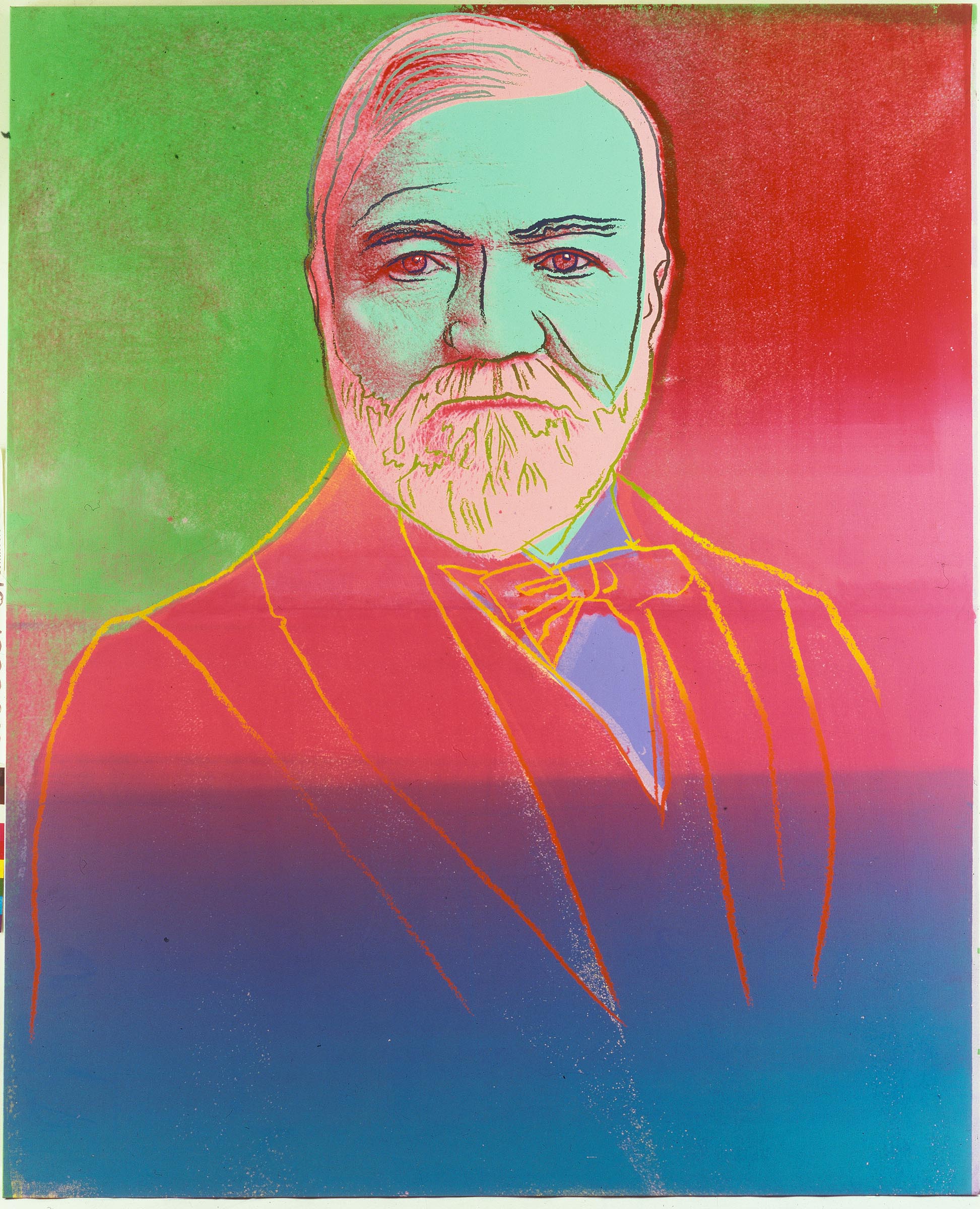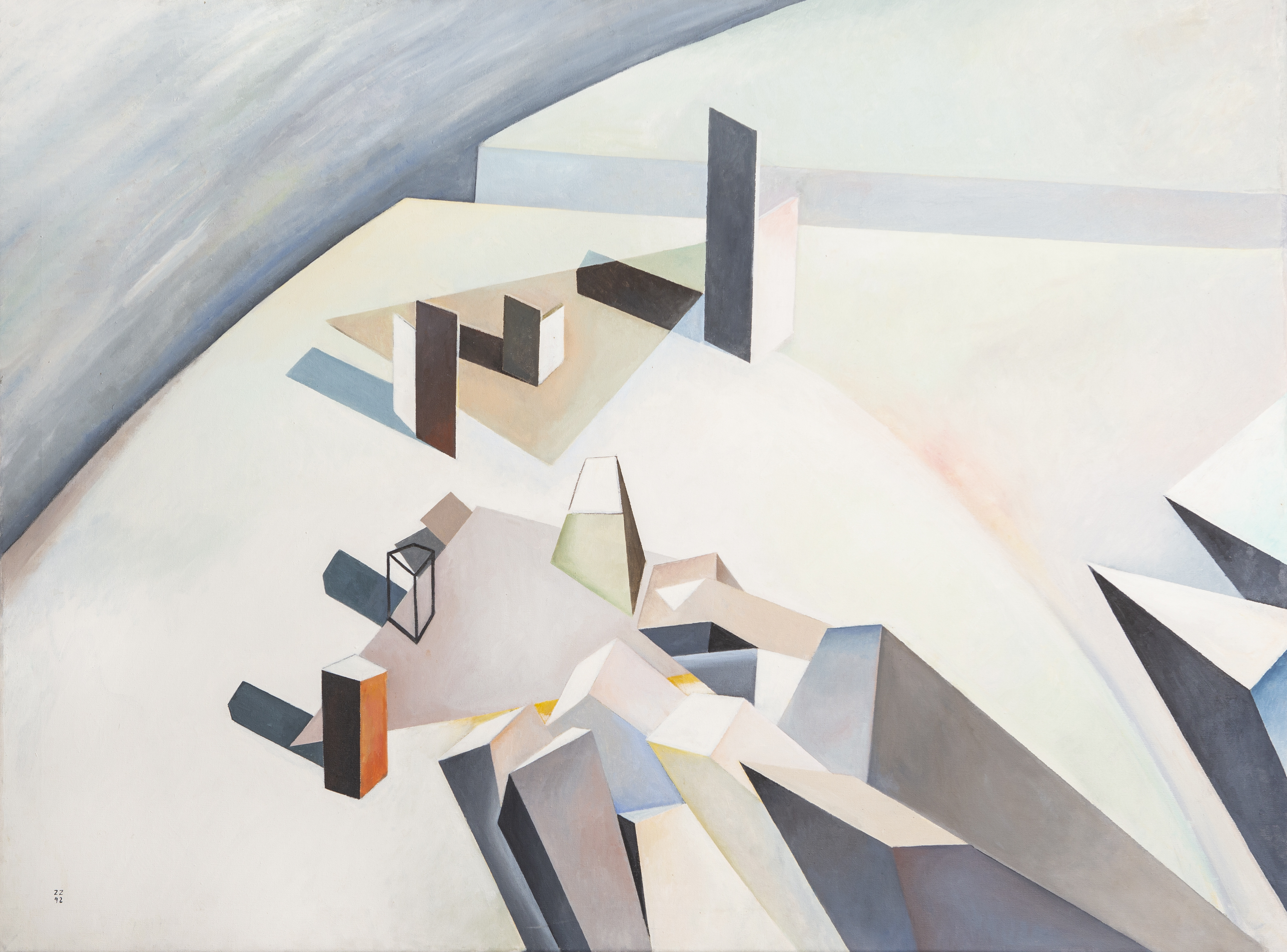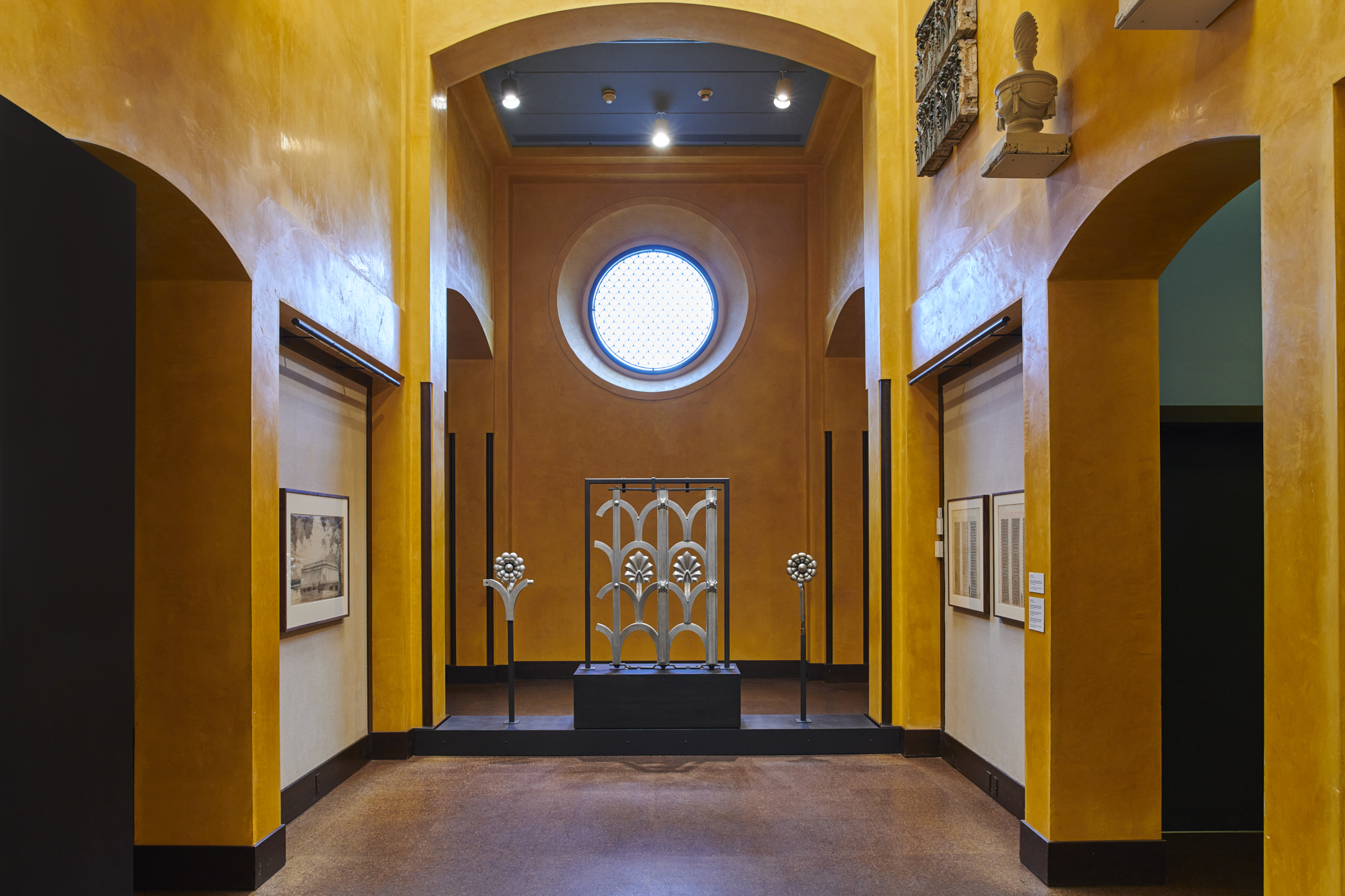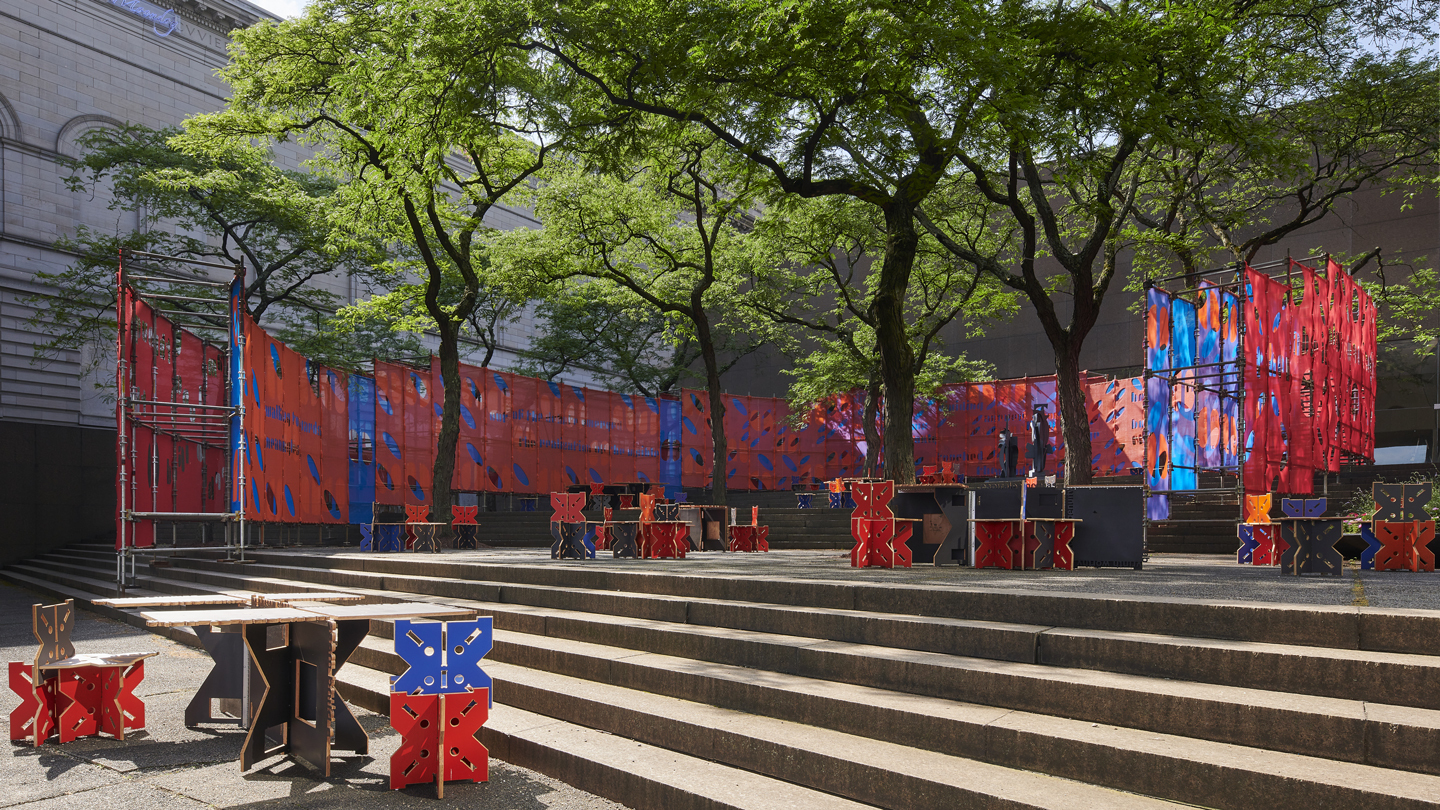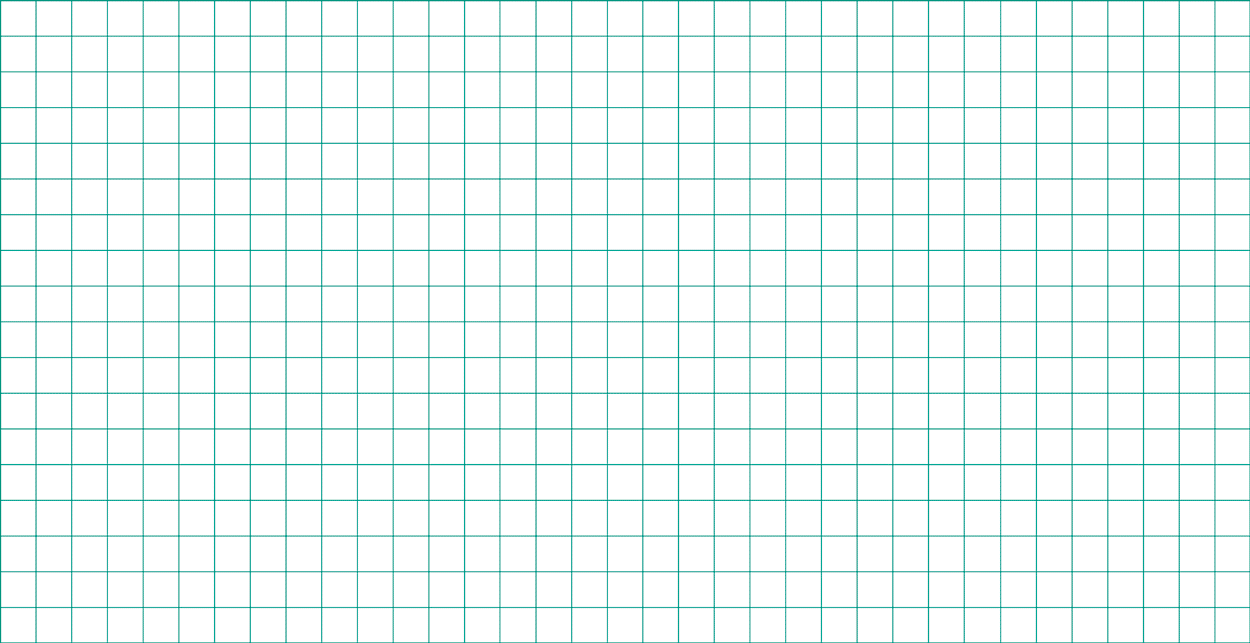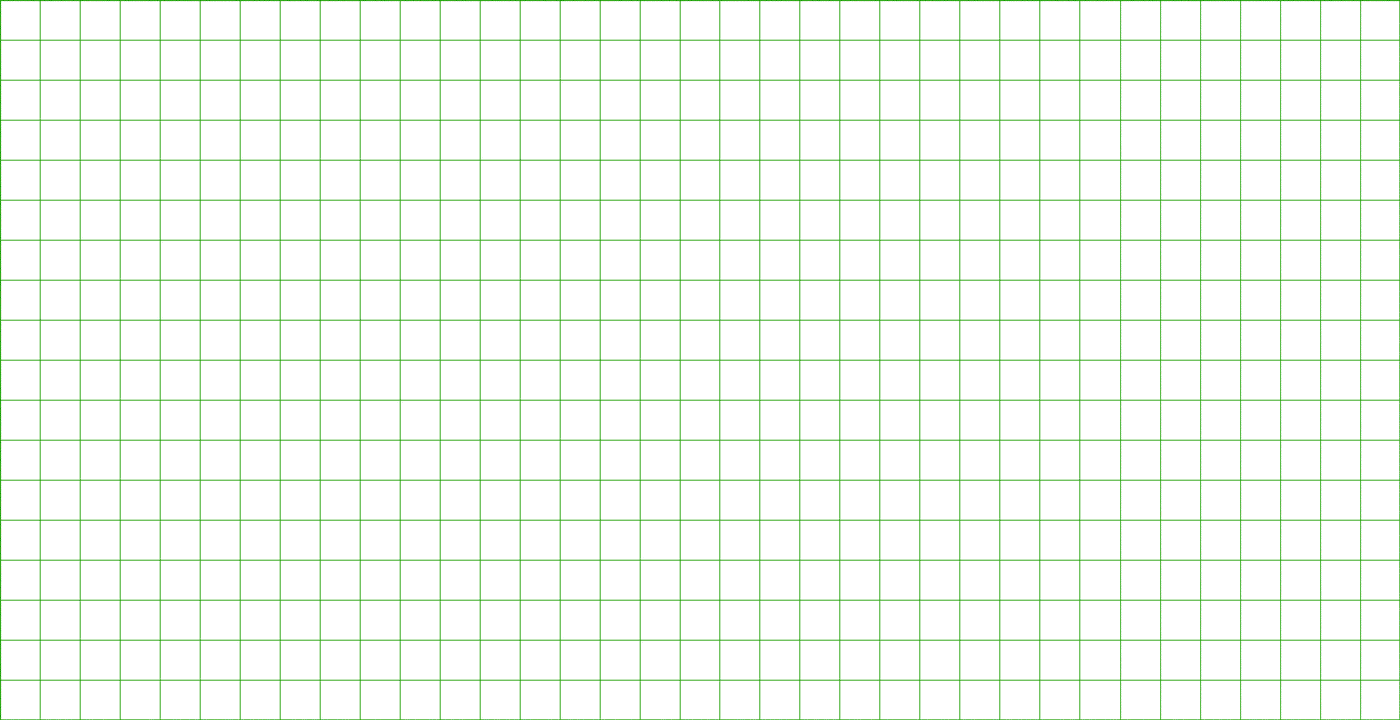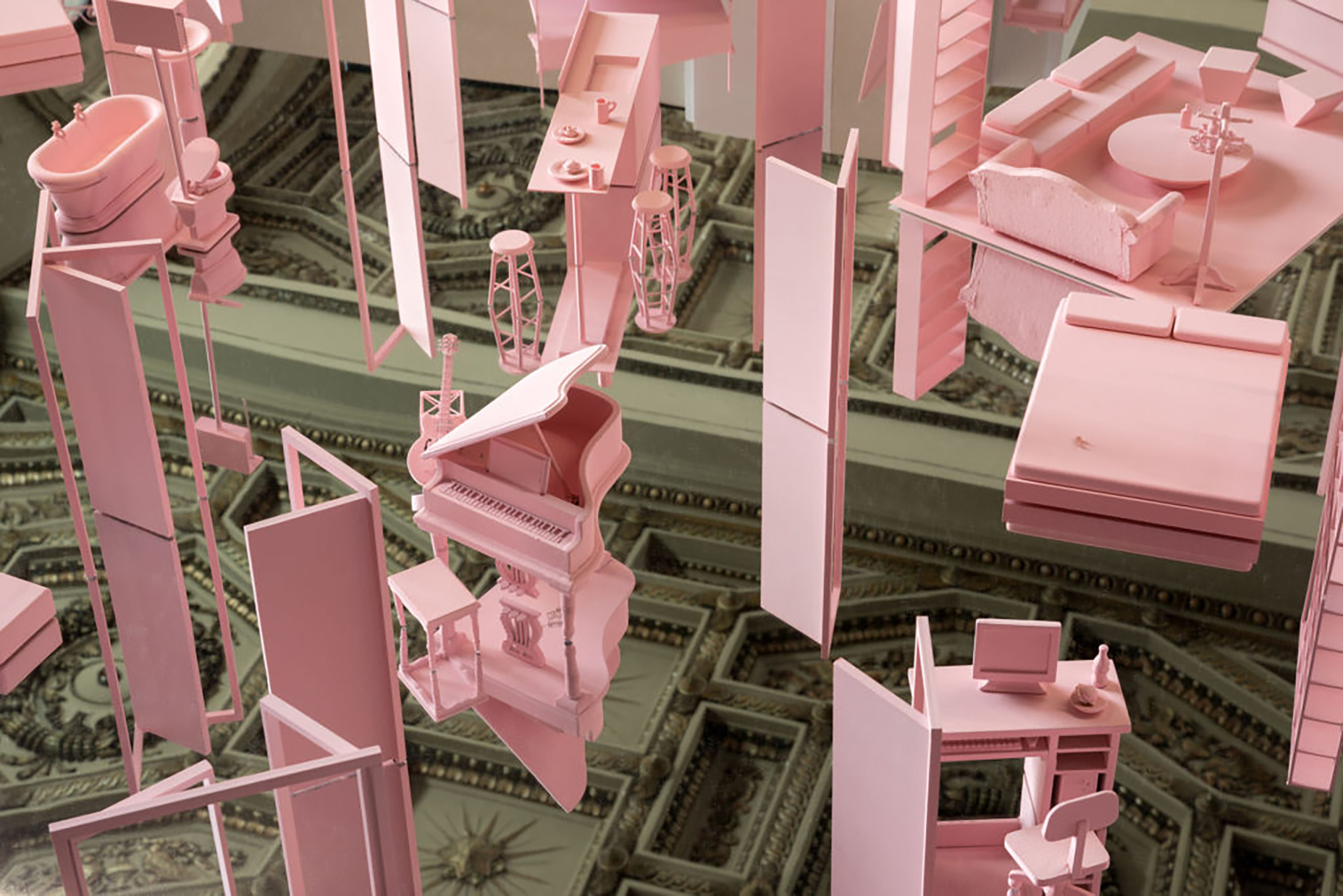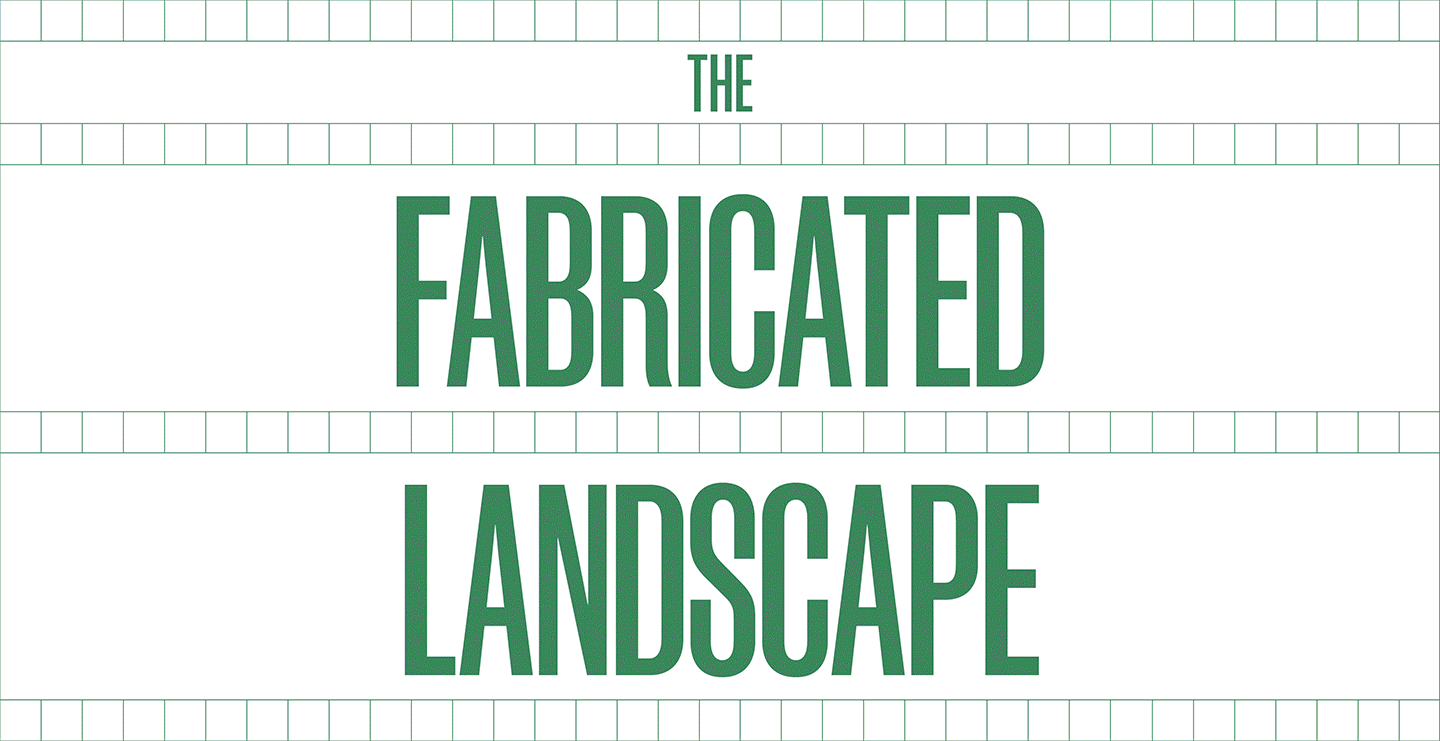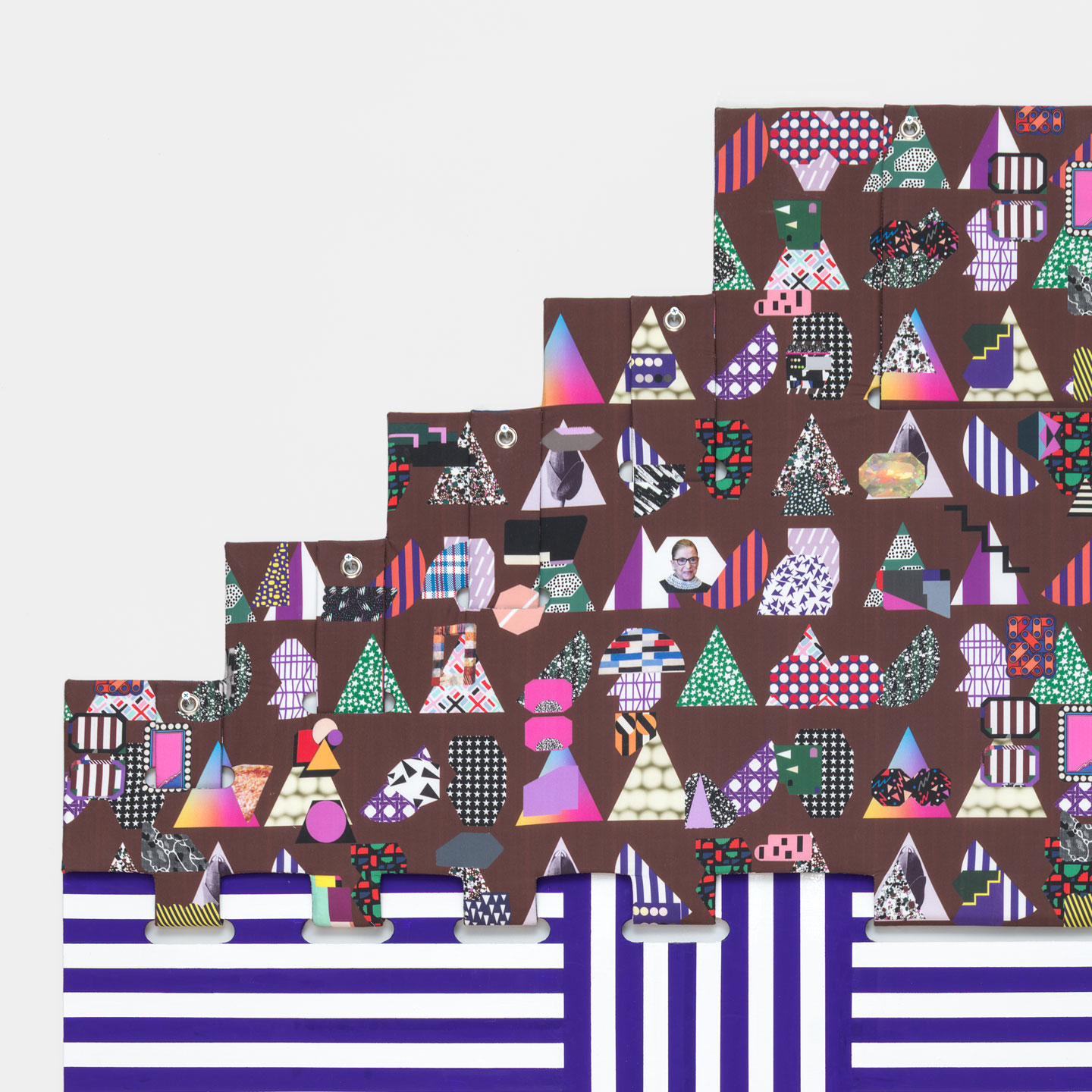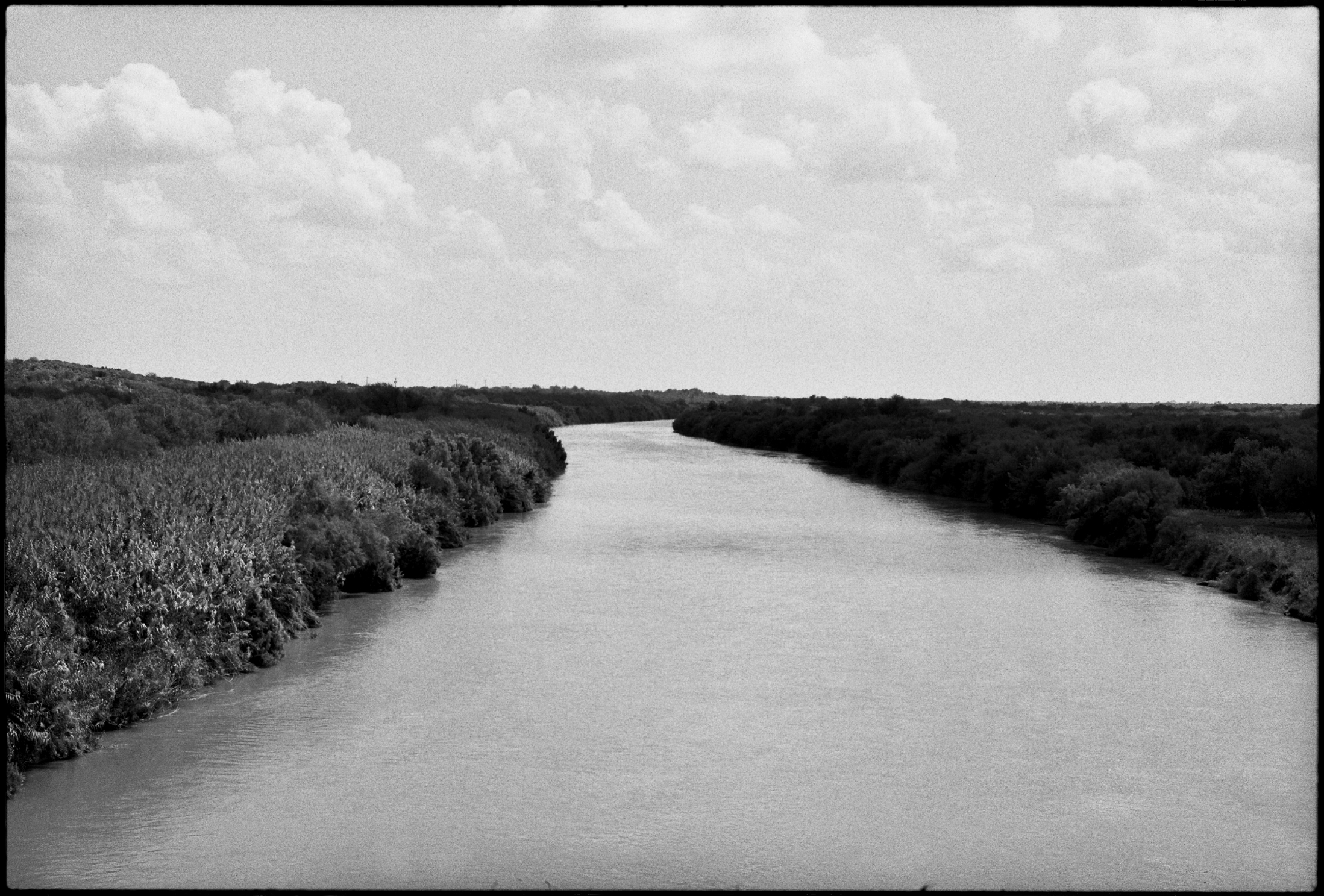Carnegie International, 57th Edition, 2018
October 13, 2018–March 25, 2019
Carnegie International, 57th Edition, 2018 presents Dig Where You Stand, a contribution by independent exhibition maker Koyo Kouoh, Founding Director of RAW Material Company, Dakar, Senegal
Dig Where You Stand will be on view as part of the Carnegie International at Carnegie Museum of Art, Pittsburgh, USA on October 13, 2018–March 25, 2019.
Drawing on the Carnegie Museum of Art’s collections, Dig Where You Stand is a curatorial think piece—an exhibition within the Carnegie International exhibition. In a response to an invitation from Ingrid Schaffner, curator of the 2018 Carnegie International, Kouoh reflects on the ideological civic project of the Carnegie Museums of Art and Natural History. “I see this current moment with its political backdrop as an opportunity to have urgent conversations about living in a state of coloniality,” says Kouoh. As an intervention, Kouoh proposes alternative historical, political, and material associations across taxonomies of artifact, artwork, and object to illuminate the role systems of display and accession play in historical fabulation.
Kouoh notes that in the 1970 Carnegie Institute publication An American Palace of Culture, the museum is likened to a tree: at its root was the paleontology department, while its upper floors formed branches of “Man and his activities.” From the Age of Enlightenment to “the first great age” of the skyscraper, the notion of verticality cemented a Euro-American vision of imperial expansion. By contrast, “Dig Where You Stand” draws on Éduoard Glissant’s idea of the rhizomatic network of intertwined roots that structure diasporic cultures, and sees the rhizome as a non-hierarchical strategy of mapping which proposes a different occupation of space. Kouoh’s counter-mapping will trace a line through and across the collections—one, which may split, sprouting new branches and unexpected growth. Where the rhizome can be seen to support a unified structure, below the soil it is a different story. Here our histories and imaginaries support plurality through relation rather than functioning as discrete units. The rhizome’s strength is one stemming from the multiple and fractal.
Digging as a form of extraction speaks to Pittsburgh’s rich history as an industrial powerhouse, and to the mechanisms of resource and cultural extraction through the age of modernity. Given the multiple inflections of "mine"—as both proprietary identification and as a means to draw out or excavate, Kouoh has found this figure valuable when considering how the institution’s collecting practices often mirror its desires. Such desires have been made manifest since the museum’s founding–in particular, the turn-of-the-century aspiration to project an image of outward-looking internationalism. By holding up a mirror to the systemization of the museum itself, Dig Where You Stand teases out fragmented narratives for closer inspection.
As a two-fold reading of extraction, Dig Where You Stand will also activate historical commentaries around the intersections of industrialism with race and gender. Also significant is the siting of the exhibition within the permanent collection galleries. According to Schaffner, "It will effectively empty the galleries dedicated to “Art Before 1300” and “African Art”—two contiguous "beginnings" of Western art history and modern art–to make way for this new narrative of the museum’s collection to emerge." Kouoh considers her selection of works to be in dialogue with its spatial antecedent. Given the preponderance of industrial visual and material culture held within the collections, and in view of the increasing trend in museology to intimate self-reflection, the hope is that under this light, Pittsburgh’s histories of extraction may also lie open to contemporary understandings.
In a collaboration initiated by the Carnegie International, Kouoh is working with Emi Finkelstein, Rebecca Giordano, Paula Kupfer, Ellen Larson, and Katie Loney, students in a Special Topics graduate seminar at the University of Pittsburgh, History of Art and Architecture, as well as with Research Assistant Gabriella Beckhurst. To read more about the International, which is already under way, visit 2018.carnegieinternational.org.
Media contact:
Jonathan Gaugler, GauglerJ@cmoa.org
Carnegie Museum of Art
4400 Forbes Ave, Pittsburgh, USA
T +1 412 688 8690

